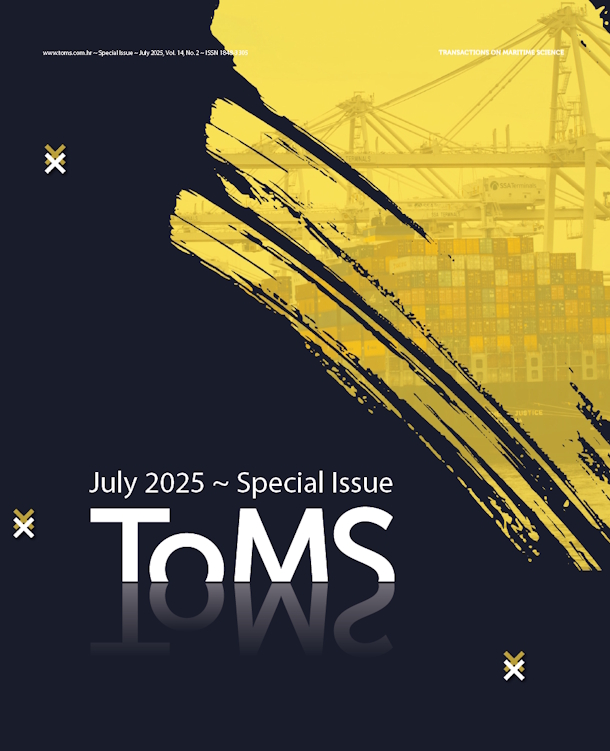Induction Motor Multiple Fault Analysis using Stray Flux Signals: A Review
DOI:
https://doi.org/10.7225/toms.v14.n02.s04Keywords:
Induction motor, Broken rotor bar, Bearing fault, Stray flux, Motor Current Signature AnalysisAbstract
Induction motors are integral to many industrial applications due to their reliability, simplicity, and efficiency. However, they are susceptible to various faults, including bearing issues and broken rotor bars (BRB), which can lead to unplanned downtime, performance degradation, and significant financial losses. Traditional methods, such as Motor Current Signature Analysis (MCSA), have been widely used for fault detection in induction motors, primarily due to their non-invasive nature and effectiveness in identifying faults through stator current analysis. However, MCSA has limitations in detecting complex, multiple fault conditions. Stray Flux Signature Analysis (SFSA) has emerged as a promising alternative, offering the ability to detect faults by measuring magnetic flux variations external to motor housing. This method provides valuable insights into the motor’s internal electromagnetic and mechanical conditions, making it particularly useful for detecting rotor-related faults such as broken rotor bars and eccentricity. Despite its potential advantages, SFSA has not been as extensively researched as MCSA, particularly in the context of multiple fault detection, such as combined BRB and bearing faults. An analysis of publications in the Web of Science reveals that MCSA is a more established method with a larger body of research, while SFSA remains underexplored, with limited studies on its application to multiple fault scenarios. This indicates a significant gap in the research and suggests that further investigation into SFSA could provide a more comprehensive and reliable solution for fault detection in induction motors, especially in multi-fault scenarios.
Downloads
Published
How to Cite
Issue
Section
License
Copyright (c) 2025 Transactions on Maritime Science

This work is licensed under a Creative Commons Attribution 4.0 International License.













